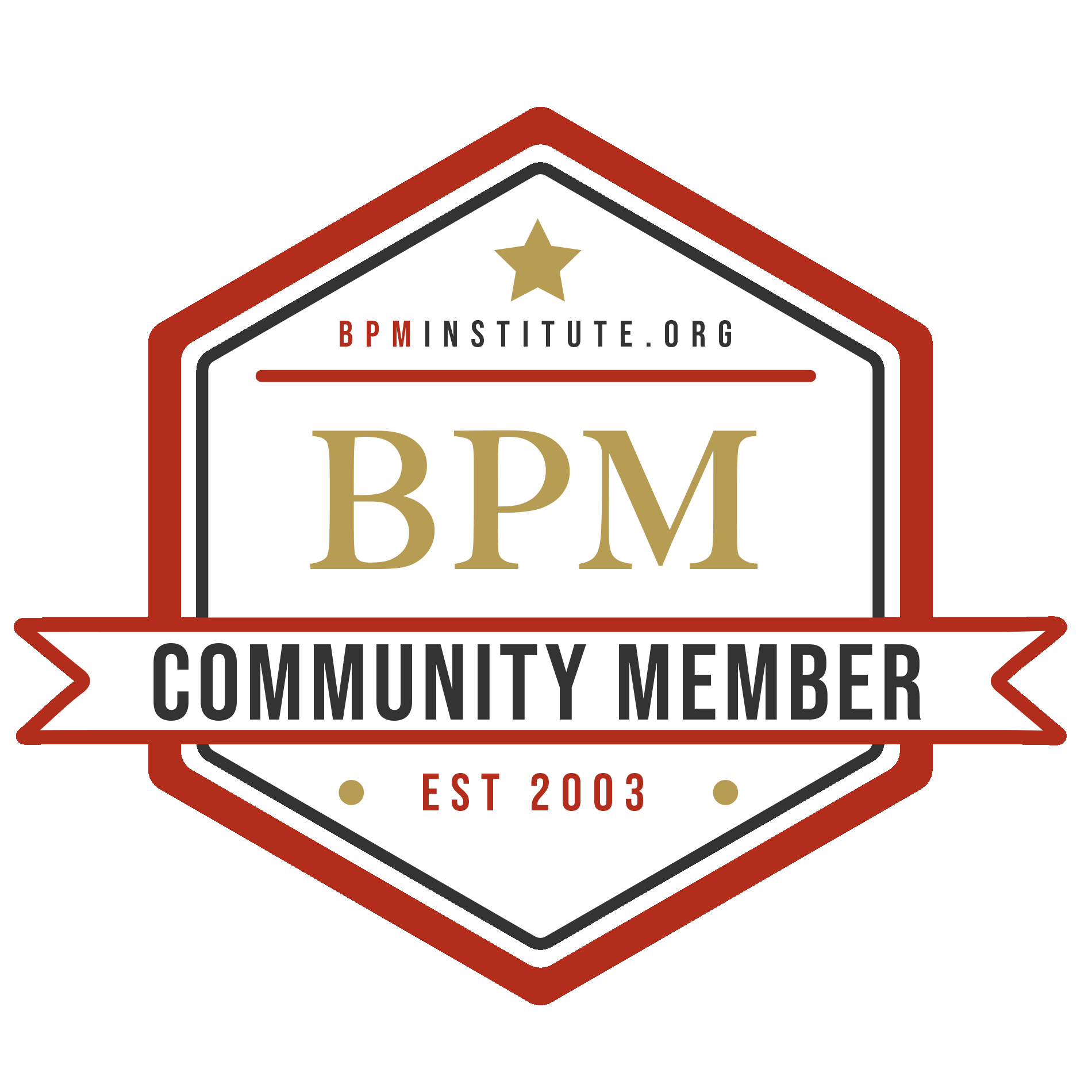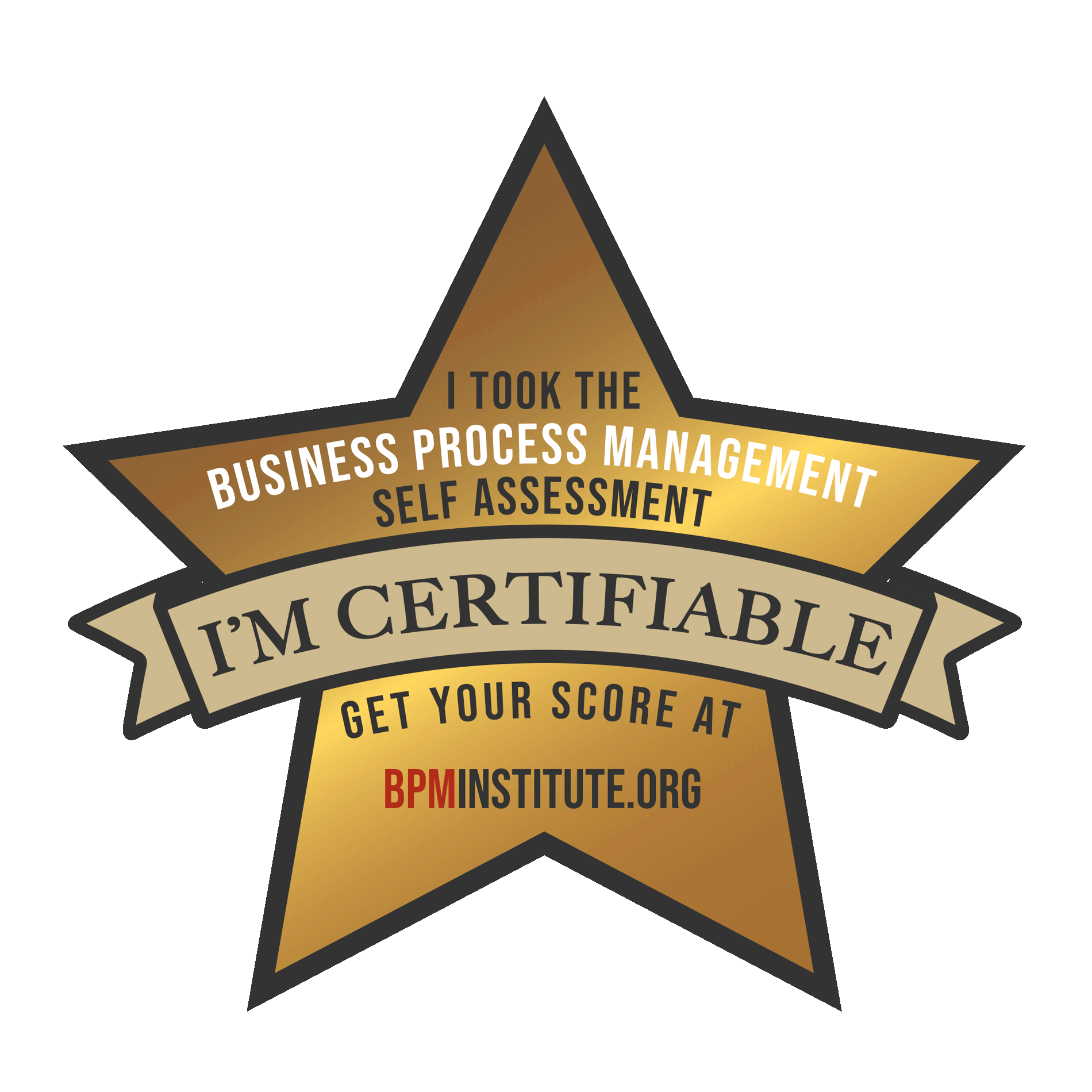Organizations understand and appreciate the need for technical architects. We’re using new tools and we need experts in those technologies. Organizations have deep capabilities in program management.

March 17, 2011

Edward Hunt
Analytics/Big Data
Artificial Intelligence (AI)
Business Architecture (BA)
Business Decision Management (BDM) / Business Rules (BR)
Business Process Management (BPM)
Design Thinking
Digital Transformation (DX)
Digital Decisioning and Analytics (DDAP)
Operational Excellence (OPEX)
Robotic Processing Automation (RPA)
Articles by: Edward Hunt
Need To Know Series with Ed Hunt: Part 4- What is the Connection between Business Architecture and Digital Transformation?
Learn how business architecture allows an organization to understand the operational complexity of the business. Gain a better understanding of how to leverage business architecture, to identify the impact of business processes, data structures and organizational models.
Need To Know Series with Ed Hunt: Part 3- How Does Business Architecture Improve Business Outcomes?
Business architecture doesn’t define strategy but it can often enhance and enable strategy.
Need To Know Series with Ed Hunt: Part 2- Why is Business Architecture Important to IT Delivery?
Today’s businesses are a collection of interdependent complex operations organized to provide value to a customer and each business entity is competing within a larger business ecosystem in which it must offer a unique value proposition in order to remain relevant in the market. It nearly all cases, IT is essential (either directly or indirectly) to enabling consistent, reliable, and efficient delivery of the product or service.
How Does Business Architecture Assist Organizations from Strategy to Execution?
Gregg Rock interviews Ed Hunt in November 2021.
GR: How does business architecture assist organizations from strategy to execution?
How Does Business Architecture Enable Execution?
Gregg Rock interviews Ed Hunt in November 2021.
GR: ED, you brought up a great topic the other day when we were speaking and I thought we’d circle back to share that information with our community. We were talking about the essential elements to enable execution, and you described it as three legs of a stool—can you explain that concept to our members?
EH: If you look at what it what it takes to execute a complex digital transformation, organizations understand and appreciate the need for technical architects. We’re using new tools, and we need experts in those technologies—that’s been the case for 40+ years now. And, organizations have deep capability in program management—they understand that resources have to be managed, schedules have to be aligned, risks have to be managed—but in too many organizations, the focus on business architecture is the gap, which is the third leg of the stool.
What is the Connection Between Business Architecture and Digital Transformation?
Gregg Rock interviews Ed Hunt in November 2021.
GR: How do you explain the connection between business architecture and digital transformation?
EH: Well, as you know, I’ve been in the industry a long time. For 40 years, we’ve been using automation technology to transform an organization—to digitize it—and the new tools that we have available today just allow us to continue to do that in a more exciting way.
How Does Business Architecture Improve Business Outcomes?
Gregg Rock interviews Ed Hunt in November 2021.
GR: How does business architecture improve business outcomes?
EH: That’s another very important question, Gregg. Business architecture doesn’t define strategy, but it is often a key enabler to enhance and extend it.
In addition to closing gaps in the requirements by using models and to improve communication, business architecture practices enhance and enable the strategy by maximizing the investment in technology. Sometimes that’s through establishing common services, understanding that these capabilities can be used and leveraged across the organization, but they also play a critical role in understanding how to apply the new technology in a way that’s specific to the operational complexity of this business, in a way that increases operational efficiency, and in a way that drives customer satisfaction.
Why is Business Architecture Important to IT Delivery?
Gregg Rock interviews Ed Hunt in November 2021.
GR: The question I have for you is, why is business architecture so important to IT delivery?
EH: Well that is obviously an important question. Today’s businesses are a collection of independent, complex operations organized to provide value to the customer. And, each business entity is competing within the larger business ecosystem in order to offer a unique value proposition and then remain relevant to the market.
No longer are we just audit using technology to automate existing process document and automate existing processing, we’re using it to drive transformation. And, as I like to say the transformed organization, by definition, doesn’t exist.
We have to convert from de-scribing to pre-scribing, and that’s the critical role of the business architect.
What is Business Architecture?
Gregg Rock interviews Ed Hunt in November 2021.
GR: Ed, how would you explain business architecture to somebody that’s just coming, brand new, to the space?
EH: That’s a great question. The BA Institute defines business architecture in a very important way: It’s a holistic view of the enterprise, it’s not just the one part, but the whole thing. And that view integrates and aligns capabilities and the BA Institute’s defines capabilities as people, process, tools, and information.
What’s important about business architecture is that it uses models and blueprints of the business to facilitate decision making and help an organization take their strategy from vision, all the way through to execution.
Business architecture also enables the key stakeholders across the organization, at all levels, to align the purpose, mission, vision, strategy, and execution and the models are the tools that make that happen.


























